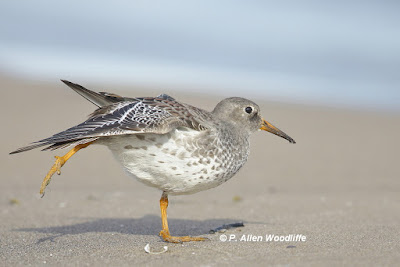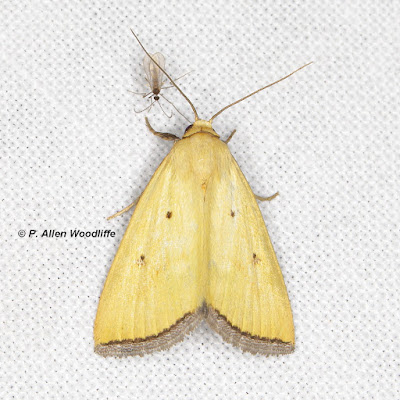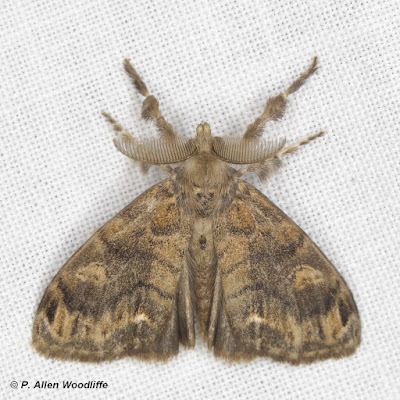Earlier this week I went for a long walk along the west side of the South Point Trail. The colours are starting to change, and the much cooler weather of the last few days will likely hasten the colour changes along.
The birds were fairly few and far between, and the only one I managed to photograph was this juvenile Northern Harrier.
A goal for this little trek was to get to the lake and see what the conditions were like at the south end, for future black lighting considerations. There are some possibilities but probably not until next year.
The south end of the park has continued to experience major changes due to the high water. I was greeted by this scene at one point. For those readers with long memories, the concrete structure is the remains of a washroom that at one point in my memory was probably at least 150 metres from the shoreline. This is not the first park structure to end up in the lake. There was a large picnic shelter that was between the south point parking lot and the lake, which even as far back as the mid 1970s had ended up in the lake. The parking lot is gone as well.
If you look closely at the second photo above and on the left you may see a pile of rocks. That was the old septic holding tank which, after the washroom was closed down, was filled with rocks partly to keep it safe from people falling into it, and partly because some species of snakes may decide to use it as a hibernaculum for the winter.
The South Point Trail used to go all the way around, but the next photo shows what a significant section of the trail has ended up like, with all of the erosion and fallen trees. As a result, the new signs at the beginning of each side indicate that they are considered to be two distinct trails with no meaningful connection. There is now a South Point Trail East and South Point Trail West
American Beech trees are normally found in the interior of the forest. Here is a beached, American Beech in the next photo and looks totally out of habitat.
In spite of all of the erosive action during the highest water levels and strongest wind and wave action, there is some fairly open beach that has re-formed. With November being one of the windiest months of the year, however, who knows how long this will last.
Today, Steve Charbonneau put the word out that a Purple Sandpiper was along the east beach of Rondeau just south of the traffic circle (thanks, Steve!). Purple Sandpipers are quite irregular along the lower lakes. We used to see them every year or so, but in the last few years, they have been really hard to find anywhere. Having said that, I came across one at the base of the Erieau pier last January. It only stayed for a few hours, and only 4 of us got to see it. That was only about the third record in Ontario for the previous 4 months. The bird today was much more available for viewing.
It remained in the same general stretch of beach from about 10 a.m., when Steve first discovered it, until at least 5:30 p.m. Birders and bird photographers were very happy with the conditions and the cooperation of the bird.
A common question from some birders I was talking to was why the bird was so tame. This bird appears to be a first year bird, and the species nests in the high arctic. It is quite possible that, depending on the route it took to get here, the humans it saw today might have been the first ones it had seen, and didn't know whether to be wary or not. Regardless, it was very cooperative and the lighting was excellent.
 |
| Sandpiper yoga? |
 |
| Jumping an arriving wave |
The Keith McLean Conservation Lands continues to be attractive to migrating water birds, and a half dozen or so species of shorebirds can usually be found with a little effort.
 |
| Greater Yellowlegs |
 |
| Lesser Yellowlegs |
 |
| Least Sandpiper |
 |
| Semipalmated Plover |
Good numbers of Killdeer and Dunlin are also hanging around.
Waterfowl are increasing in abundance and diversity, probably in part due to the hunting going on elsewhere around Rondeau Bay and area, and this conservation area is off limits to hunting.
 |
| Hooded Merganser |
A few Great Blue Herons are typically found.
But Lake McLean is in the process of being pumped, so it won't be long until the habitat at least for shorebirds is gone. However the the vast majority of shorebirds have already gone south, so the loss of Lake McLean shouldn't be a problem at least for them.
On this day, I was hoping to see and photograph the Nelson's Sparrows that are there, but they are extremely furtive and seldom are seen other than in flight. So no photos on this day. But while I was checking out the area, I came across this Fiery Skipper, a late season species that may linger for awhile yet.
A Cattle Egret had been seen a couple of days ago, in a pasture along Pinehurst Line, between Blenheim and Chatham. This pasture has attracted Cattle Egrets in the past, and every time I go by I take a look, especially if there are cattle there. However at the time I checked after this bird had been reported, it was nowhere to be seen. I did see half a dozen Eastern Bluebirds at a bit of a distance....
....and this Double-crested Cormorant on a rock in the stream running along the south side of the pasture.
The cormorant looked a bit out of place so far from the lake, but clearly by looking at the white streaks on the rock, it has been using the area for awhile.






















































